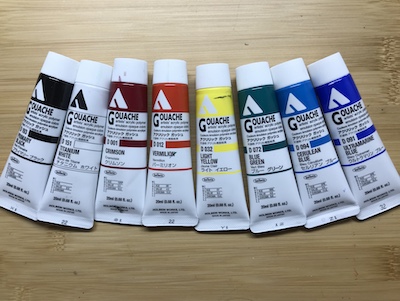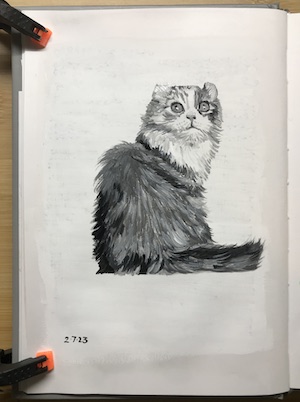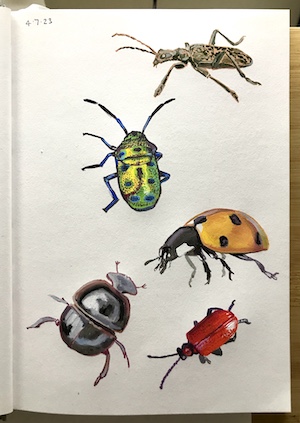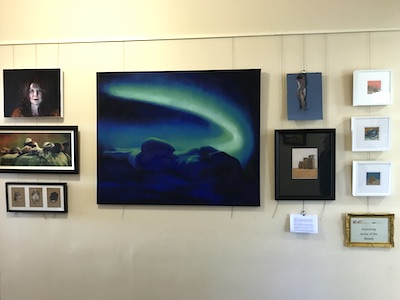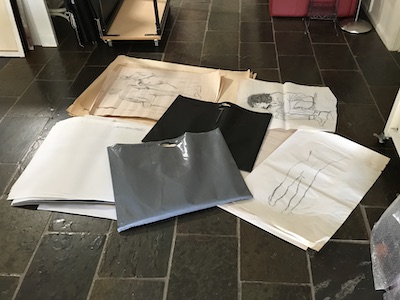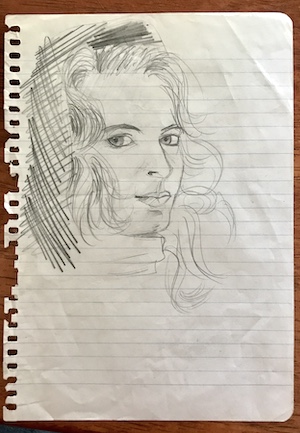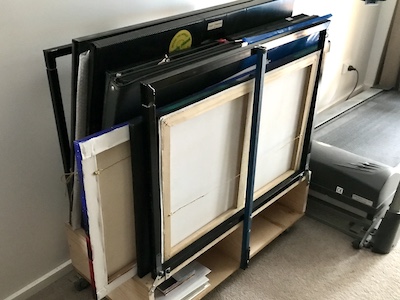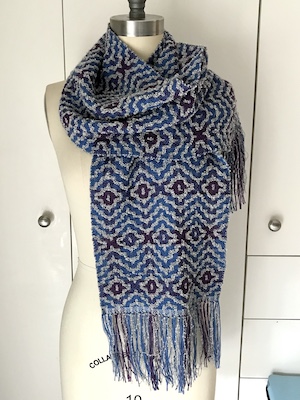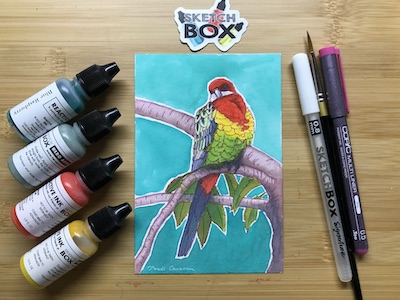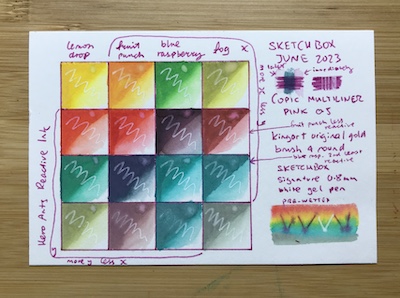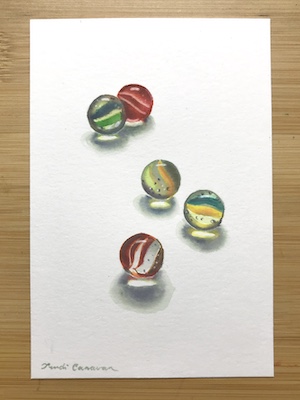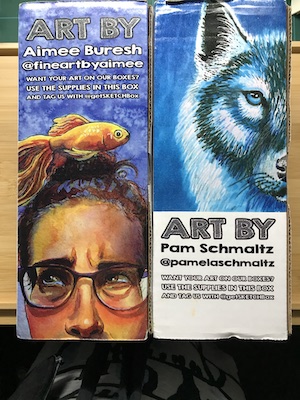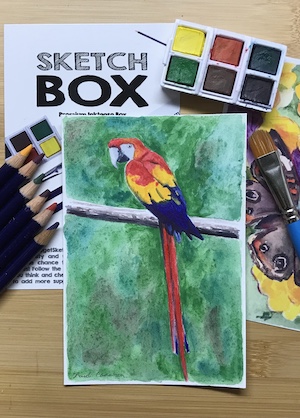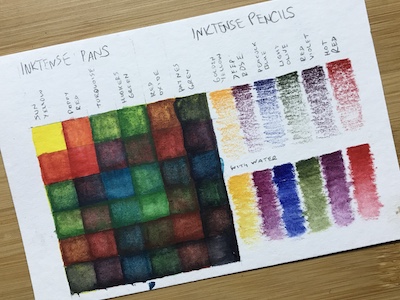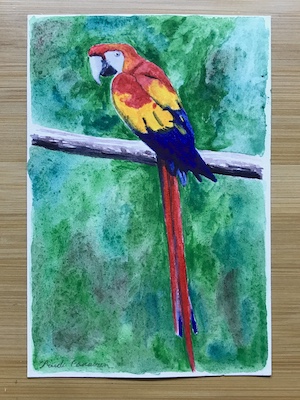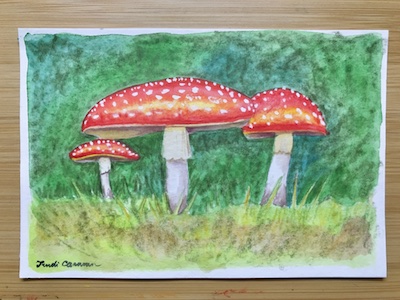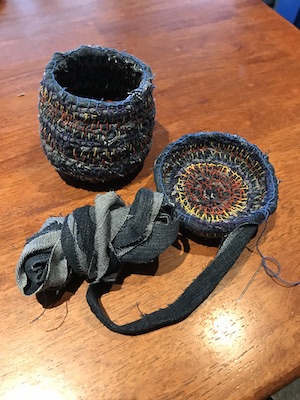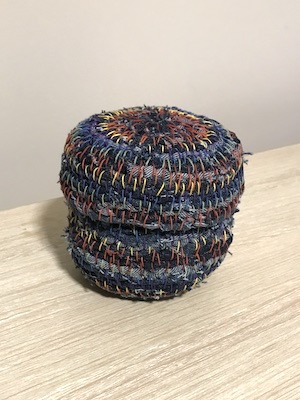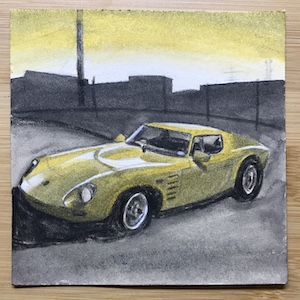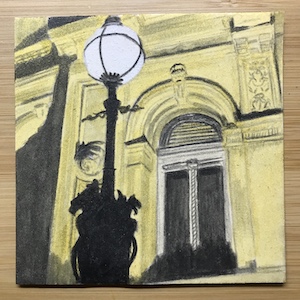Initially, I wasn’t sure if I was excited by the July SketchBOX contents or not. I have plenty of portable watercolour sets, water brushes and water soluble pencils and don’t really need more. But then, the reason I have plenty of watercolour sets is I am a sucker for them and the SketchBOX Signature one certainly looked very portable and had good colours. While I have one quality watercolour grade hardcover travel sketchbook already there’s always room for another.
Possibly my hesitation was because July is winter in Australia. Melbourne’s winter is for the more dedicated urban sketcher, and I have not even managed to become a fair weather urban sketcher. Painting with the art society, visiting my mother in aged care and seeing friends was taking up most of my energy, so it wasn’t likely I’d be making a start soon.
Then my mother passed away and things got busy and stressful and I found myself longing for a holiday. We’d abandoned plans for an interstate car trip in Autumn because her health was deteriorating, but now we were free to travel I was too drained for something that adventurous. I just wanted to sit on a beach, read, and maybe do a small painting if I felt up to it.
So we went to the travel agent who was our hero when lockdowns forced the cancelation of a big Europe trip, with nine days until the start of the week we wanted to travel and a vague idea that Lord Howe Island would suit.
It did. There was only one accommodation venue available, but it was the off season and a room was available. So we took our first flights since 2019 and found ourselves in Paradise.
Well, Paradise in winter, when it’s too cold to swim and accommodation isn’t built for chilly nights. However, daytime temperatures were ideal for walking, so we did a lot of that. I did get to sit on beaches, read and do a bit of painting, however, so those aims were achieved.
I packed the SketchBOX July supplies, apart from the watercolour pencil (which I was concerned would get jostled about enough to break the lead). They fit neatly into an old travel wallet. The only adjustment I made was sewing along the righthand pocket to make a section that held the watercolour set perfectly. The lefthand pocket was the ideal size for the sketchbook with the water pen tucked in beside it:
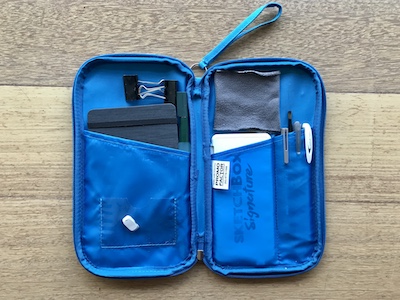
I also took a small plastic box with acrylic gouache paints in it with the idea of painting separate artworks on card, but realised when I got there that most of the plein air painting I do takes two to three hours, and that was a bit much to ask of the other half. Instead I used it back at the room to paint coral, leaves, seeds and shells.
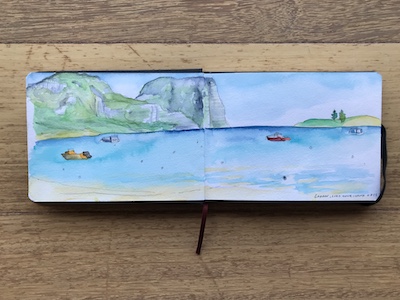
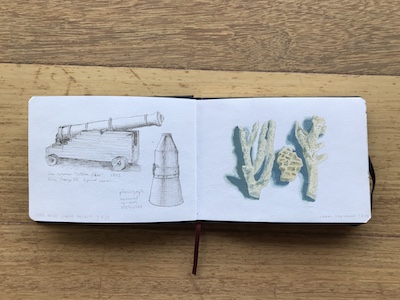
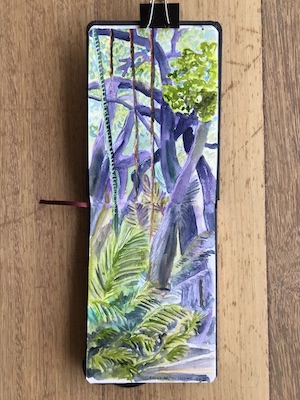
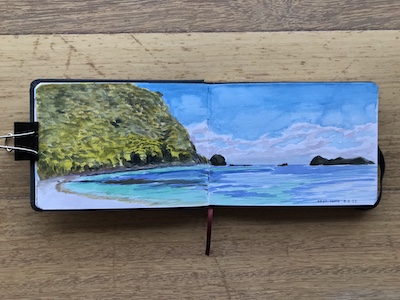
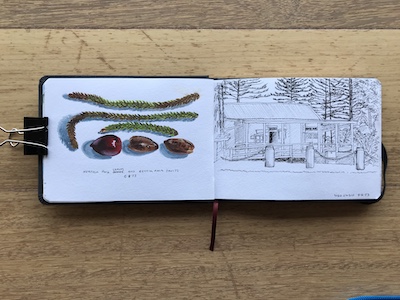
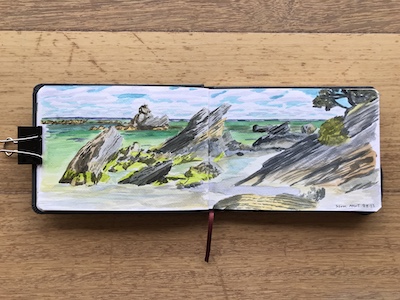
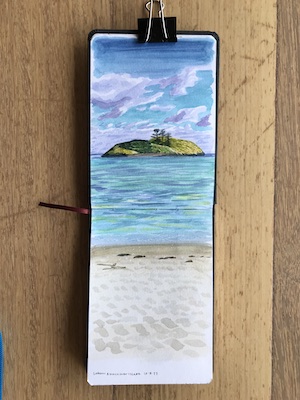
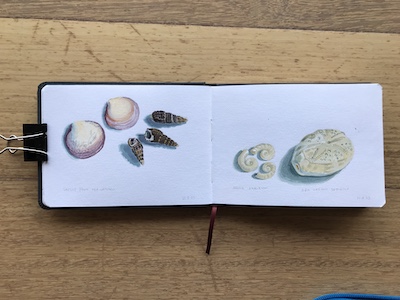
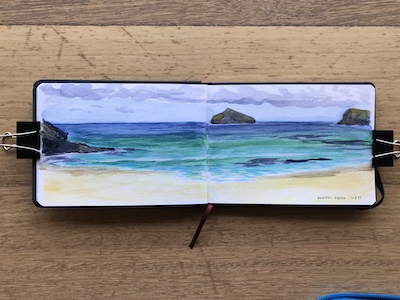
It took me a while to get the hang of the watercolours. Results improved when I worked out that I didn’t like the way water brushes continually feed water into a brushstroke so that the paint dilutes, and makes the whole page more wet than it needed to be. I switched to a normal paintbrush from the acrylic gouache set and was much happier.
Overall, I think it is my favourite of the SketchBOX contents so far. Either this one or the liquid graphite one. When we were considering which island to visit we also looked at Norfolk Island. I’m now keen to go there… but maybe when it gets a bit warmer!

